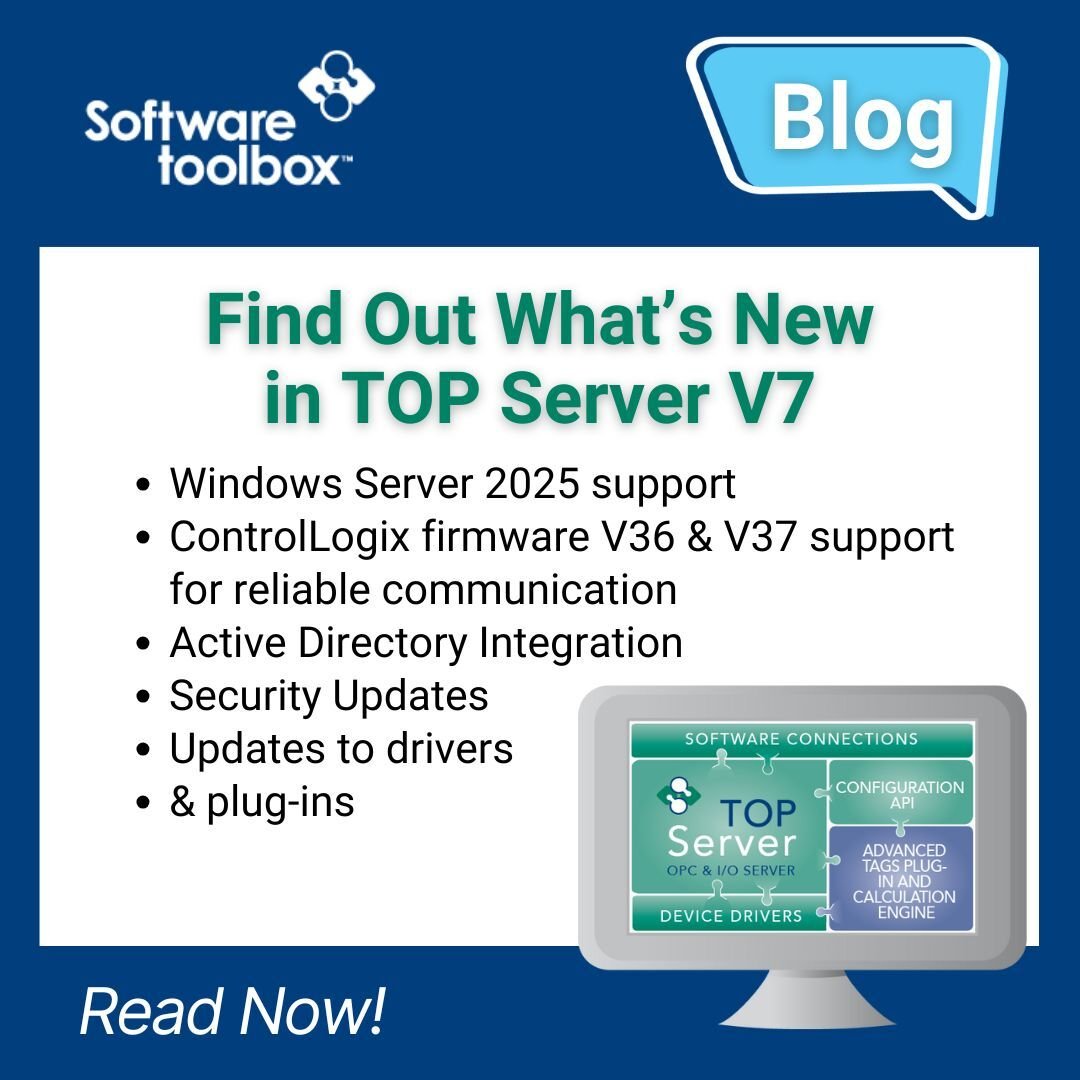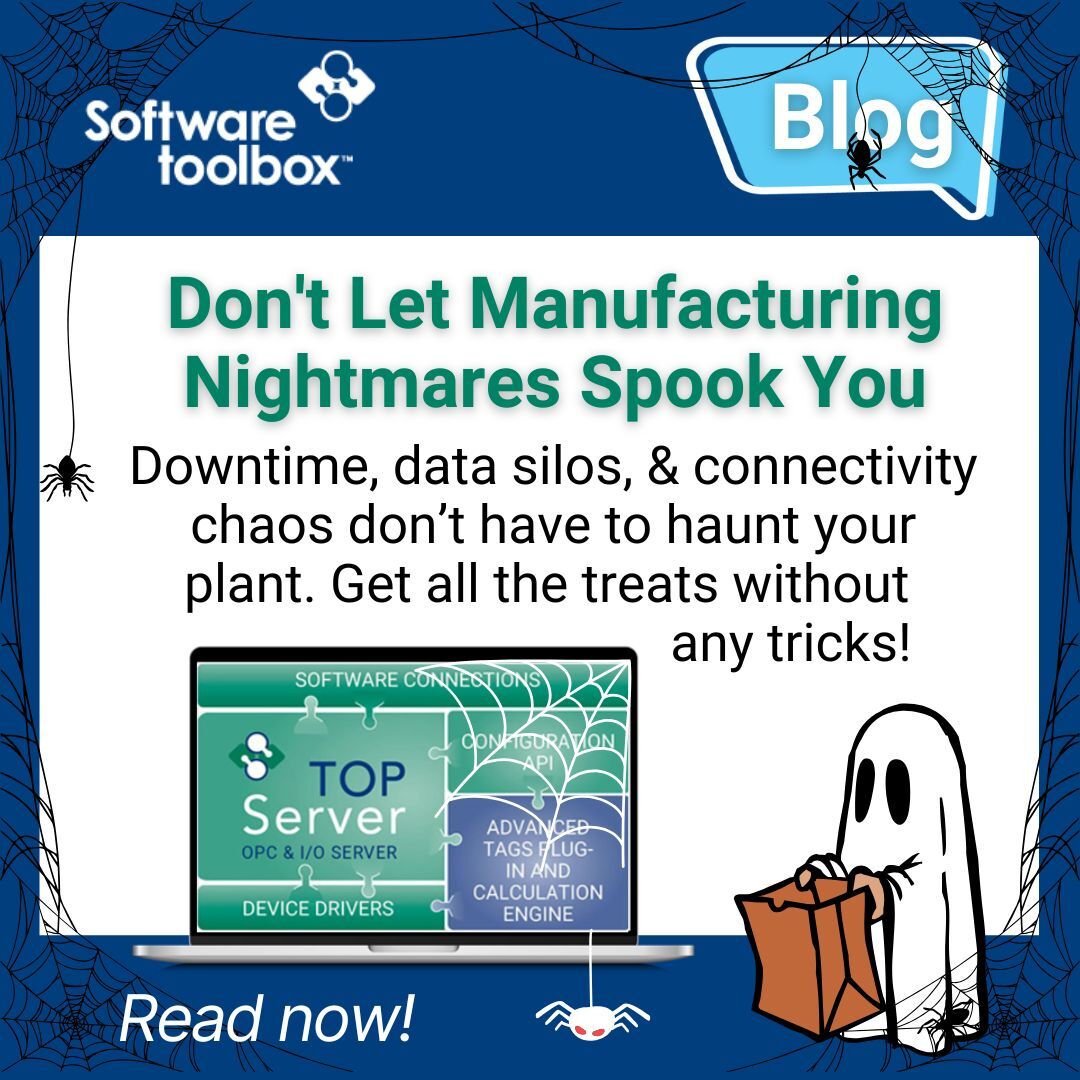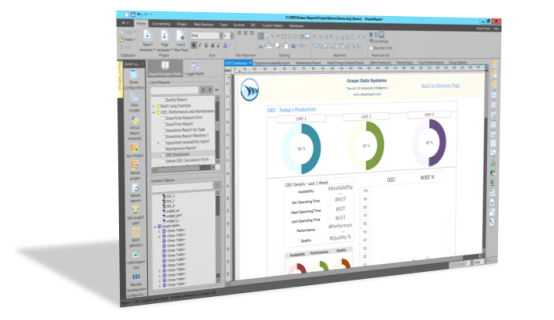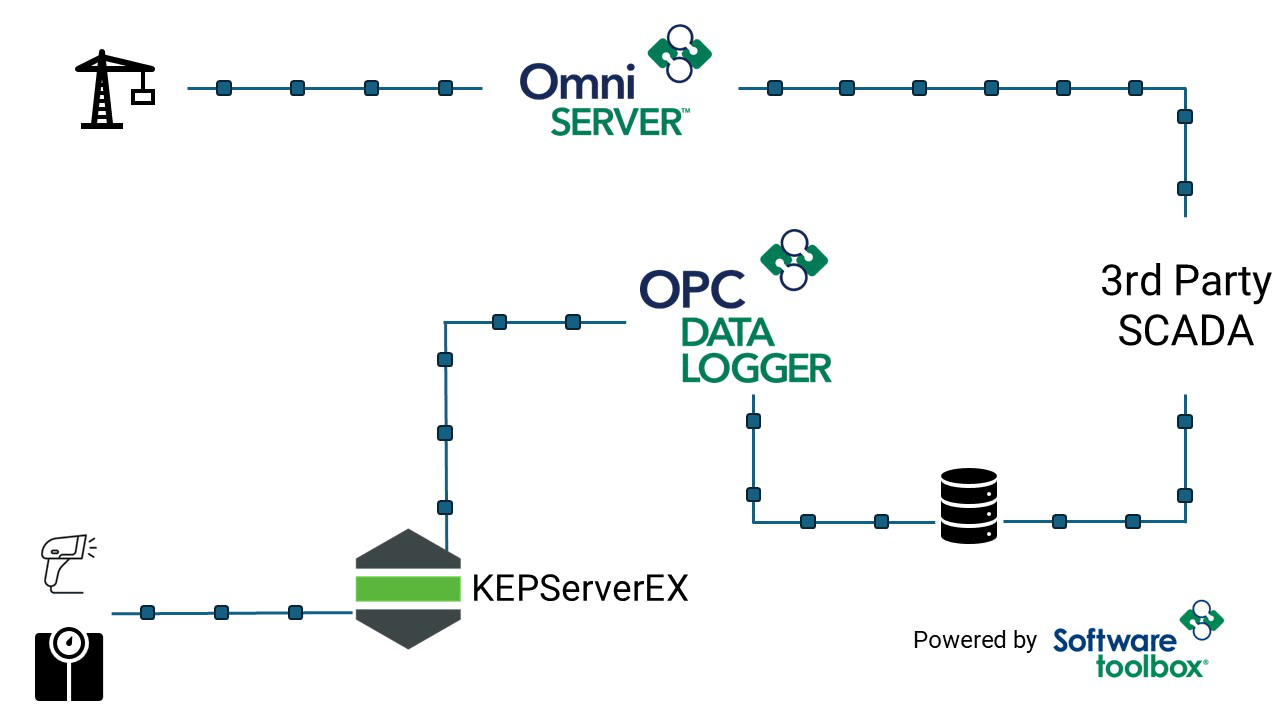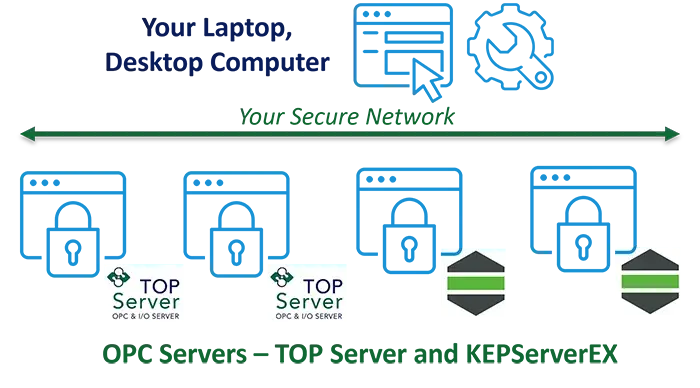By now, you’ve probably heard that TOP Server V7 has officially landed. Maybe you’ve seen the announcements or caught a quick overview along the way. But if you find yourself wondering, “Okay, but what does this release actually change for me?” you’re in the right place.
While V7 continues to reinforce the stability and reliability TOP Server is known for, this release also introduces several important enhancements aimed at strengthening enterprise deployments, simplifying user management, and modernizing system compatibility. Whether you’re operating on the latest infrastructure or maintaining long-standing environments, V7 delivers meaningful improvements that make deployment more flexible, secure, and future-ready.
Let’s take a closer look at what’s new.


